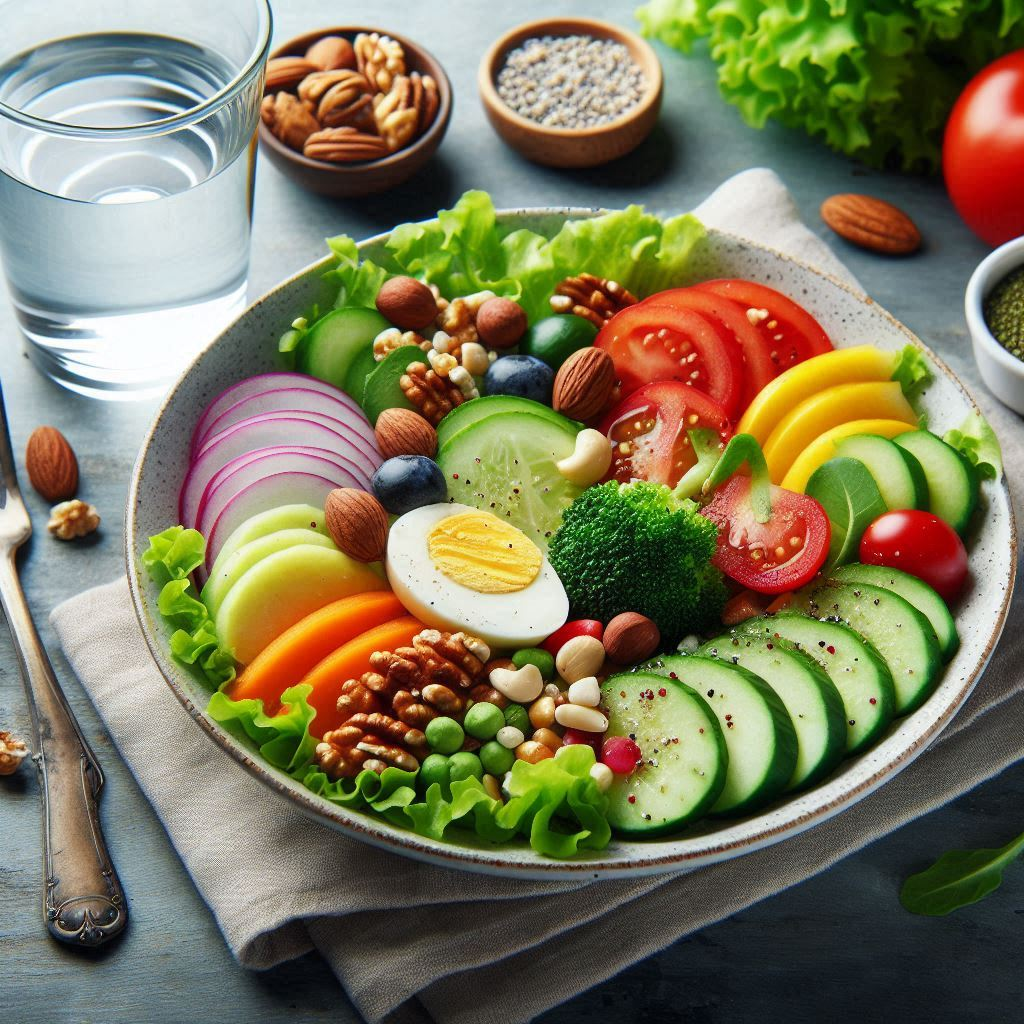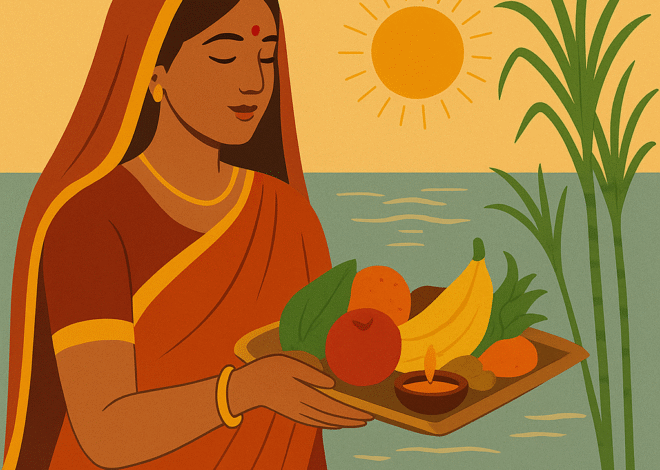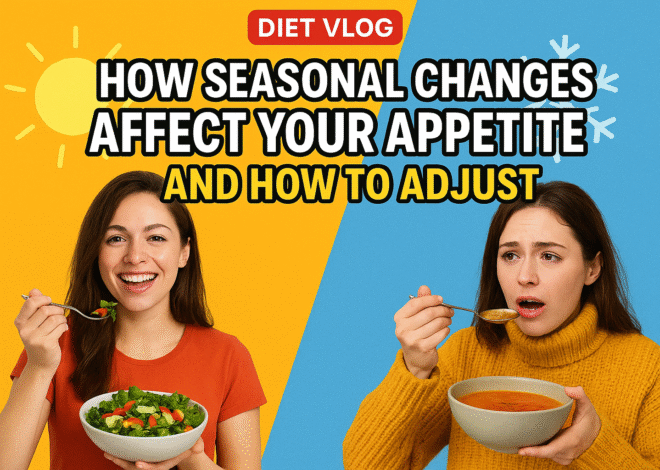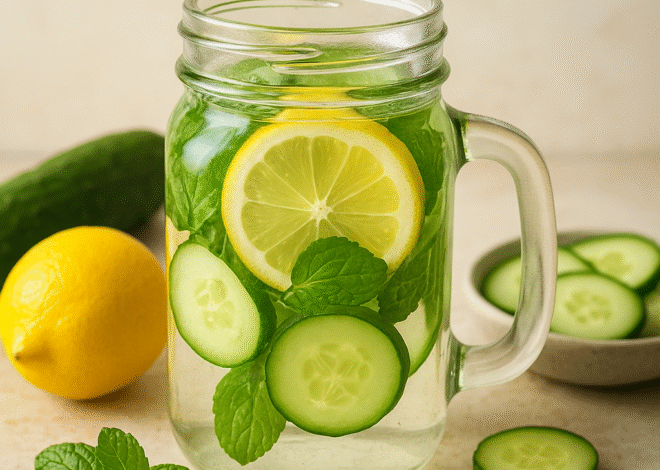
Gluten free diet Health benefits, risks, & Food
A gluten-free diet involves avoiding foods that contain gluten, which is a protein found in wheat, barley, rye, and their derivatives. People follow this diet for various reasons:

- Celiac Disease: An autoimmune disorder where ingesting gluten triggers an immune response that damages the small intestine, leading to various symptoms and nutritional deficiencies.
- Non-Celiac Gluten Sensitivity: Some individuals experience symptoms similar to celiac disease, such as digestive issues or fatigue, without the autoimmune damage.
- Wheat Allergy: A food allergy to wheat can also necessitate a gluten-free diet to avoid allergic reactions.
- Personal Preference or Health Reasons: Some people choose a gluten-free diet for perceived health benefits or lifestyle reasons, although this is less common than the medical reasons above.
Benefits
- Improved Symptoms for Celiac Disease and Gluten Sensitivity:
- For individuals with celiac disease or non-celiac gluten sensitivity, eliminating gluten can lead to significant symptom relief, including reduced gastrointestinal issues, fatigue, and improved overall well-being.
- Reduced Inflammation:
- For those with celiac disease or gluten sensitivity, a gluten-free diet can reduce inflammation in the gut and improve nutrient absorption.
- Potential for Improved Digestive Health:
- Some people without celiac disease find that avoiding gluten improves their digestive health, though this is more anecdotal and not universally experienced.
- Increased Awareness of Dietary Choices:
- Adhering to a gluten-free diet can lead to more mindful eating and a greater focus on whole, unprocessed foods.
Risks
- Nutritional Deficiencies:
- Gluten-free diets can sometimes lack essential nutrients found in whole grains, such as fiber, B vitamins (like folic acid), and iron. Special attention is needed to ensure adequate intake of these nutrients through other foods or supplements.
- Increased Risk of Processed Foods:
- Many gluten-free processed foods can be high in sugars, fats, and additives. Relying on these can negate some of the health benefits and contribute to weight gain or other health issues.
- Potential for Unbalanced Diet:
- Without careful planning, a gluten-free diet might be unbalanced, lacking in important food groups or essential nutrients. It’s important to include a variety of gluten-free grains, fruits, vegetables, and proteins to maintain a well-rounded diet.
- Higher Costs:
- Gluten-free products can be more expensive than their gluten-containing counterparts, which might be a concern for some people.
- Social and Practical Challenges:
- Following a gluten-free diet can be challenging in social situations or when dining out, as not all restaurants or social gatherings accommodate special dietary needs.\
Gluten-Free Foods

- Fruits and Vegetables: Naturally gluten-free and packed with nutrients.
- Meat and Seafood: Fresh, unprocessed meat and fish.
- Dairy: Most dairy products are gluten-free, but always check labels for processed items.
- Legumes: Beans, lentils, and peas.
- Nuts and Seeds: Almonds, chia seeds, sunflower seeds, etc.
- Rice and Quinoa: Great alternatives to gluten-containing grains.
- Gluten-Free Grains: Oats (make sure they’re certified gluten-free), millet, amaranth, and buckwheat.
- Gluten-Free Flours: Almond flour, coconut flour, rice flour, and chickpea flour.
Gluten-Free Recipe: Quinoa Salad with Avocado and Black Beans
Ingredients:
- 1 cup quinoa
- 2 cups water or vegetable broth
- 1 can (15 oz) black beans, drained and rinsed
- 1 cup cherry tomatoes, halved
- 1 avocado, diced
- 1/4 cup red onion, finely chopped
- 1/4 cup fresh cilantro, chopped
- Juice of 1 lime
- 2 tablespoons olive oil
- Salt and pepper to taste

Instructions:
- Cook the Quinoa: Rinse quinoa under cold water. In a medium pot, bring water or broth to a boil. Add quinoa, reduce heat to low, cover, and simmer for 15 minutes or until quinoa is tender and liquid is absorbed. Fluff with a fork and let it cool.
- Prepare the Salad: In a large bowl, combine the cooked quinoa, black beans, cherry tomatoes, avocado, red onion, and cilantro.
- Make the Dressing: In a small bowl, whisk together lime juice, olive oil, salt, and pepper.
- Toss and Serve: Pour the dressing over the salad and toss gently to combine. Taste and adjust seasoning if needed.
- Chill: For best flavor, refrigerate for at least 30 minutes before serving.










